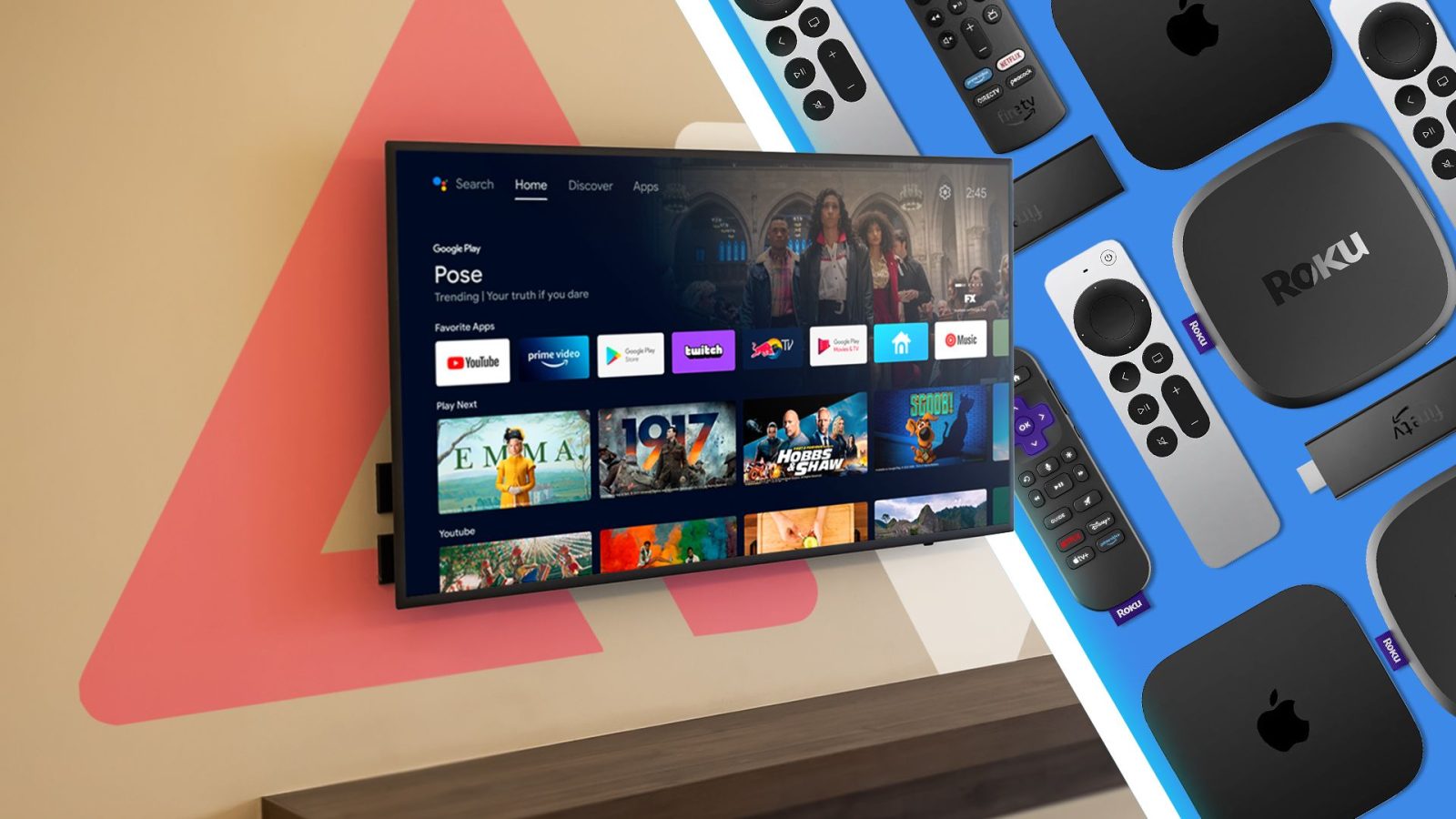

Sign in to your Android Police account

Summary
- Google is working with select manufacturers to bring Google TV to “low RAM panel TVs.”
- Despite improvements, low-end Google TVs do not make sense for future hardware requirements.
- They are bound to run into performance issues within a few years of launch.
Despite years of optimizations and concentrated effort, Google could never deliver a good Android experience on low-end budget hardware. It was the same story with Android TV, with devices with 1.5GB RAM and paltry storage running into performance woes within a year or two of use. Yet, Google seems not to have learned its lesson, as it plans to partner with select TV manufacturers to launch “low RAM panel TVs.”

Related
During I/O 2025, Google unveiled Android 16 for TV. It also talked about the platform as a whole, claiming there are over 270 million monthly Google TV and Android TV users, with the OS expanding to include new devices like smart monitors and headsets.
To further boost Google TV’s reach, Shobana Radhakrishnan, Senior Director of Engineering at Google, revealed that the company will work with select manufacturers to launch “affordable and reliable low RAM panel TVs.”

As 9to5Google points out, the Chromecast with Google TV (HD) was among the most affordable and low-end Google TV streaming sticks on the market before being discontinued, packing 1.5GB of RAM and 8GB of storage. Google’s budget stick suffered from performance issues and storage woes, leading the company to roll out multiple updates to address them.
Despite this, Google is again making the same mistake and planning to launch low-end Google TVs. Even if the TVs perform well at launch due to under-the-hood optimizations, they will start slowing down within a year or two of use. Instead, Google should do the opposite and set a minimum spec baseline for Google TVs, ensuring they deliver smooth and consistent performance for the next few years.
Google needs to increase the minimum hardware baseline, not lower it

What sets the Google TV Streamer apart from Google’s earlier streaming sticks is its noticeably smoother performance, thanks to a faster processor, 4GB of RAM, and 32GB of storage.
Still, Google’s push to expand Google TV into low-end TVs for broader reach feels misguided. With Gemini and new feature additions, the memory and RAM requirements will only keep increasing in the future. The company needs to deliver a better experience with Google TV to expand its reach, rather than doing the opposite.
What’s your reaction?
Love0
Sad0
Happy0
Sleepy0
Angry0
Dead0
Wink0
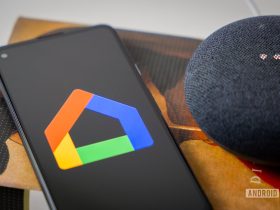
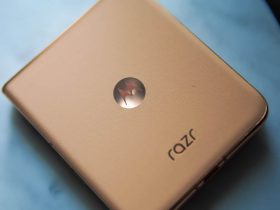
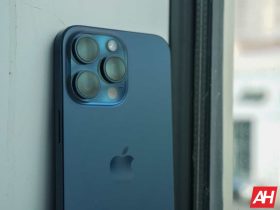


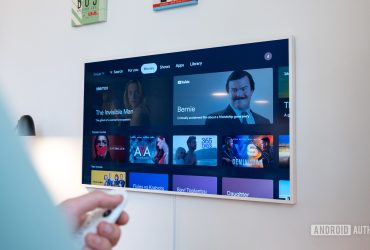
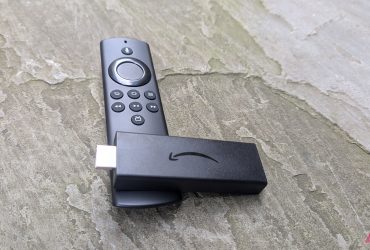
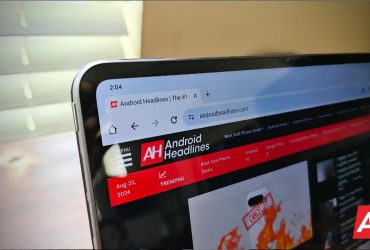

Leave a Reply
View Comments